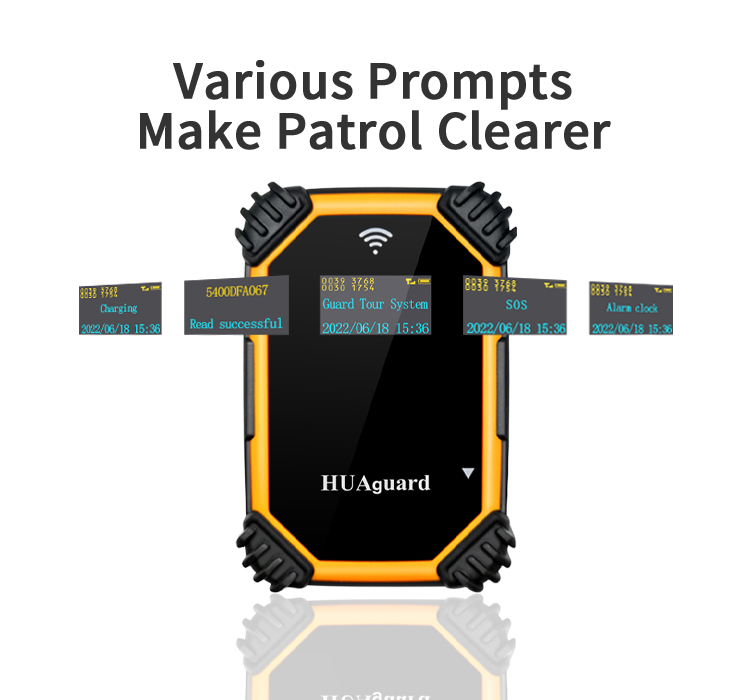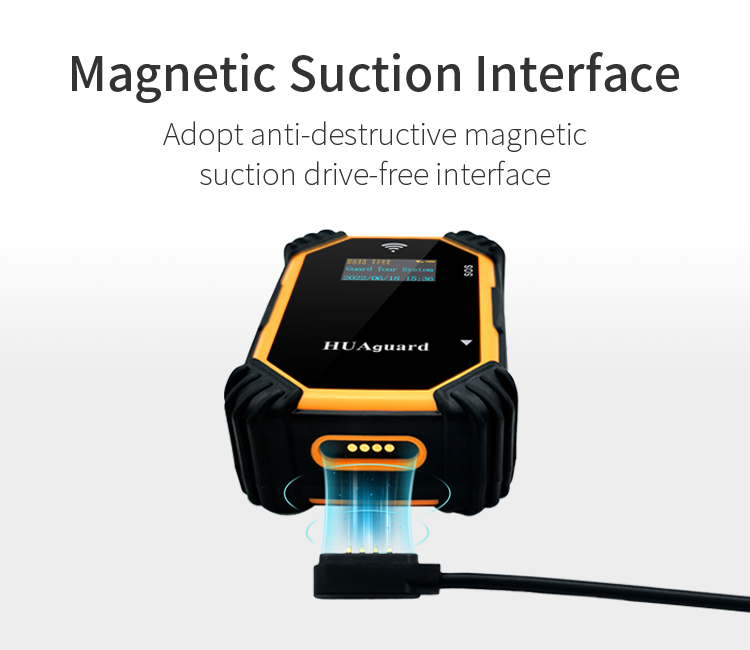

Encryption is the first line of defense for any cloud access control system, ensuring that data remains confidential and tamper-proof as it traverses untrusted networks. Cloud access control platforms must enforce TLS 1.2 or higher for all device-to-cloud and browser-to-cloud connections and use strong cipher suites. In addition, full-disk encryption or field-level AES-256 encryption is required for data at rest. Some customers also require the use of hardware security modules (HSMs) for key management, ensuring that encryption keys never leave the secure cloud perimeter. By employing strict encryption protocols, cloud access control systems can protect door events and user identities from interception or alteration, thereby maintaining the integrity of physical access policies.
In addition to encryption, cloud access control systems require strong authentication mechanisms to verify users and devices. Multi-factor authentication (MFA) combines what the user knows, what the user has, and what the user is, significantly reducing the risk of account compromise. Additionally, integration with enterprise identity providers through SAML, OAuth 2.0, or OpenID Connect enables single sign-on (SSO) and centralized user lifecycle management.
Role-based access control (RBAC) plays an equally important role by allowing administrators to assign precise permissions based on job function, such as who can add doors, assign credentials, or view audit logs. By enforcing the use of MFA and RBAC, organizations can ensure that only authorized personnel and trusted devices can interact with their cloud access control systems, minimizing the attack surface and enforcing the principle of least privilege.

Effective isolation between network zones is critical to the secure deployment of cloud access control systems. Enterprises typically place door controllers, biometric readers, and management consoles on dedicated VLANs separate from general IT traffic and implement strict firewall rules to allow only necessary ports and protocols—such as TCP 443 for HTTPS and UDP 1883 for MQTT messaging. In on-premises hybrid architectures, site-to-site VPNs or private MPLS links can further isolate access control traffic from the public network, thereby enhancing security.
Additionally, the Zero Trust Network Access (ZTNA) framework requires that the health and identity of devices be continuously verified before granting access to cloud services. By implementing granular network segmentation and firewall policies, organizations can prevent lateral movement of attackers and contain potential breaches, ensuring that cloud access control systems remain protected from external and internal threats.
To detect and mitigate threats promptly, administrators should integrate cloud access control systems with intrusion detection systems (IDS) and anomaly detection tools. Network-based IDS devices monitor traffic patterns for known malicious signatures. At the same time, behavioral analysis engines flag deviations from standard access patterns, such as the use of credentials outside of regular hours or simultaneous logins from different locations. Cloud-native security information and event management (SIEM) platforms can ingest logs from access controllers, cloud APIs, and authentication events to correlate alerts and trigger automated responses. By deploying layered detection capabilities, cloud access control systems can provide real-time insights into potential attacks, enabling rapid incident response and continuous improvement of security policies.

Modern cloud access control systems provide RESTful and WebSocket APIs for seamless integration with HR systems, visitor management platforms, and building automation systems. To secure these interfaces, providers must enforce API authentication via OAuth 2.0 tokens or mutual TLS, implement rate limiting to prevent denial-of-service (DoS) attacks, and validate all inputs to avoid injection vulnerabilities. Additionally, adhering to the OWASP API Security Top 10 guidelines ensures that common vulnerabilities (such as object-level authorization failures or excessive data disclosure) are addressed. Comprehensive API documentation, combined with a sandbox environment, enables secure and error-free integration, supporting an ecosystem of third-party building services while maintaining the integrity of the cloud access control system.
In summary, as enterprises increasingly rely on cloud access control systems to protect their facilities, cybersecurity capabilities become essential. By integrating these capabilities, organizations can confidently scale physical access control across global sites while maintaining a unified security posture. Additionally, continuous monitoring and adherence to best practices ensure that cloud access control systems evolve in lockstep with emerging threats and regulatory changes.